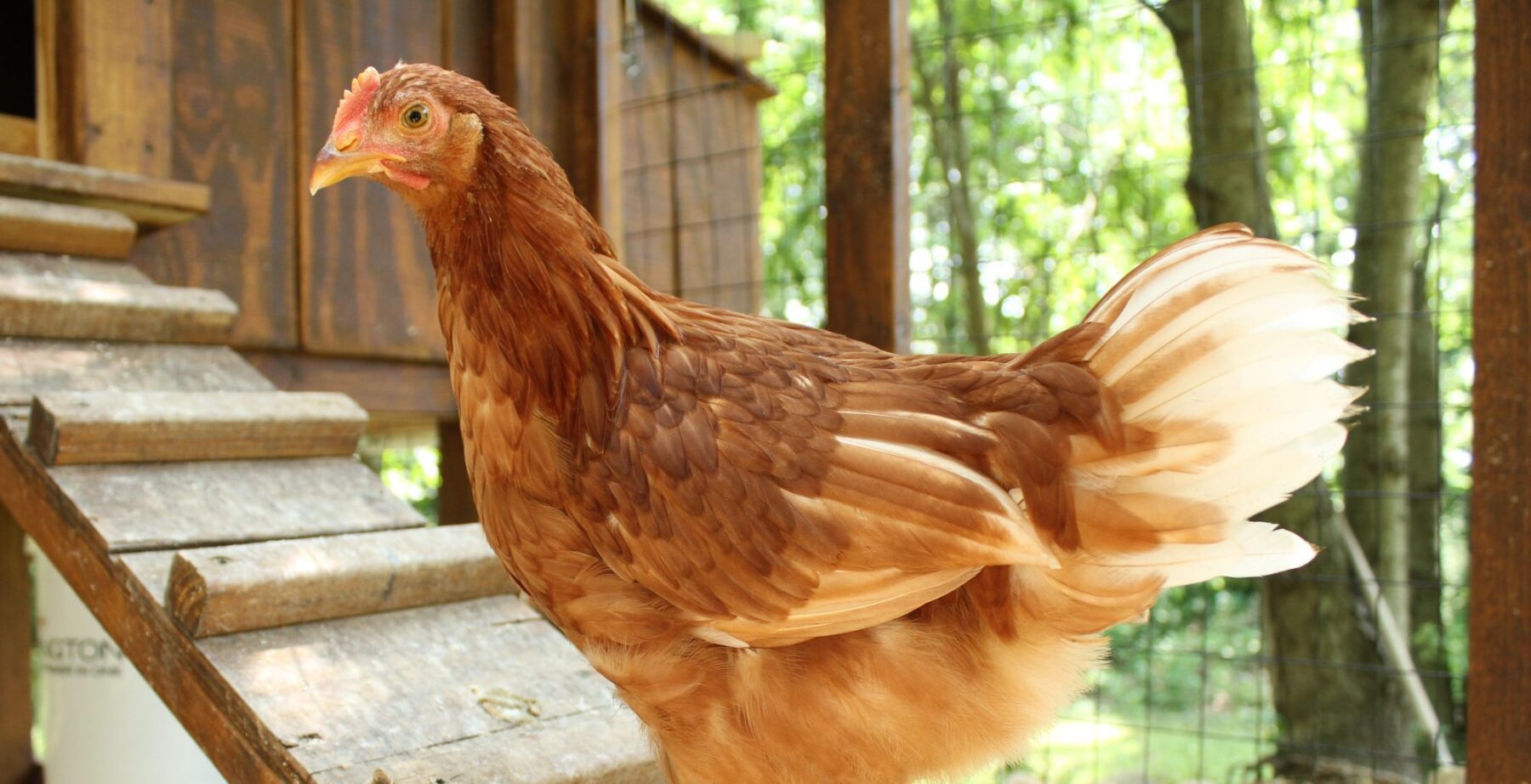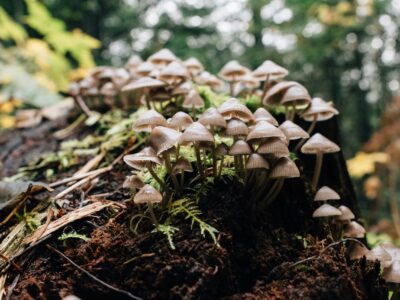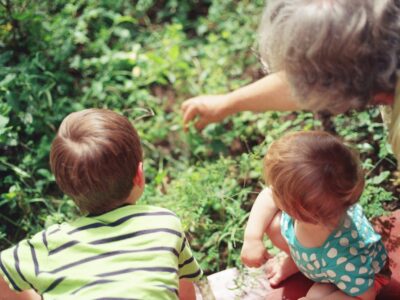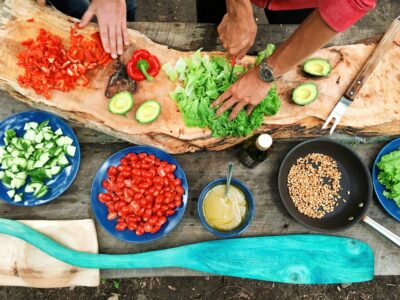There was a time when I believed homesteading ended around the time we stopped driving around in covered wagons. The Homestead Act, signed in 1862, officially ended in 1934, so by then I suppose folks were actually driving the Model T, not prairie schooners. Homesteading offered pioneers an opportunity to build a new life on a large plot of land granted by the federal government. It was an arduous life, rife with challenges, and there was no guarantee of success. So, when I heard about “suburban homesteaders,” I imagined a homely-looking family, living “off-grid,” eking out a rough and meager existence. It certainly wasn’t the sort of lifestyle I’d expect to find in my corner of suburbia with HOAs and manicured lawns.
Modern suburban homesteading is completely different.
About fifteen years ago, I began meeting families that were “suburban homesteaders.” For the most part, they were just like me – typical suburbanites living in modern communities. While some homesteaders aspire to be totally self-sufficient and disconnected from modern society, the majority are folks that don’t want to rely on the Piggly Wiggly for the entirety of their sustenance. The more I learned, the more I became intrigued, and realized that I, too, had some of the most common misconceptions about homesteading.
You don’t need a green thumb
It’s only natural to think that to be successful as a homesteader you must need a background in agriculture, or at the very least a “green thumb.” While those skills can certainly make the job easier, an internet search will provide all the information you need – blogs, articles, videos, and ebooks. I am a biologist with a reputation for being a houseplant killer, but I learned everything I needed to know about homesteading online. You really only need the desire to be more self-sufficient, a willingness to learn, an ability to do physical work, and determination.
You don’t need a farm or large piece of land
The fact of the matter is, it’s probably better to only have a small space. You’ll be limited as to the types of things you can grow, and how many plants you can squeeze in – making for more curated choices. Research and experience have shown that small, carefully planned and tended spaces can actually produce more per square foot than a large farm. It’s a lot easier to care and give careful attention to a small space than a large garden. You’ll also be less dependent on pesticides and synthetic fertilizers to be successful. Although you won’t be totally self-sufficient, you will be able to reduce your dependence on store bought produce by up to 50 percent.
You don’t need farm animals
You don’t need to dig up USDA statistics to know that more and more people are raising backyard chickens. Seems these days everyone knows someone that has at least a couple of them. Even so, it’s not a requirement for a homestead. Keeping animals creates a whole new level of complexity, and limits your freedom to be away from home. There are also zoning laws that prohibit having poultry and livestock in some communities, not to mention HOAs that tend to frown upon clucking feathered friends. As a result, many homesteaders seek out farmers for eggs, meat, and other animal products that they cannot produce themselves.
I can honestly say that when my husband and I broke ground for our first little garden spot, we had no plan to jump on the homesteading bandwagon. At that point, we hadn’t even heard of it. When a little garden was too small for what we wanted to do, it got bigger, and just kept expanding.
At the same time, we were meeting folks that were homesteading, and we were trying to live more frugally. We were also concerned about the quality of food we were putting on the table, and wanted to avoid toxic pesticides and synthetic fertilizers. There was great satisfaction from knowing that we were able to be more self-sufficient and reduce our grocery bill. We did well despite the lack of a “green thumb,” so as our gardens expanded, our biggest challenge became finding the time to take care of it all.
Gardening has also added a wonderful spiritual component. When God created humans, he put us in a garden, and it was there that He walked and talked with us. I think He still likes to meet with us in gardens. As I tended my garden, God tended my heart, teaching me wonderful things about His creation, His love, and His divine character. So, even if you don’t want to be a homesteader, I encourage you to have a little garden plot, and meet there with God every day.





 Copyright
2024
Root and Vine
Copyright
2024
Root and Vine